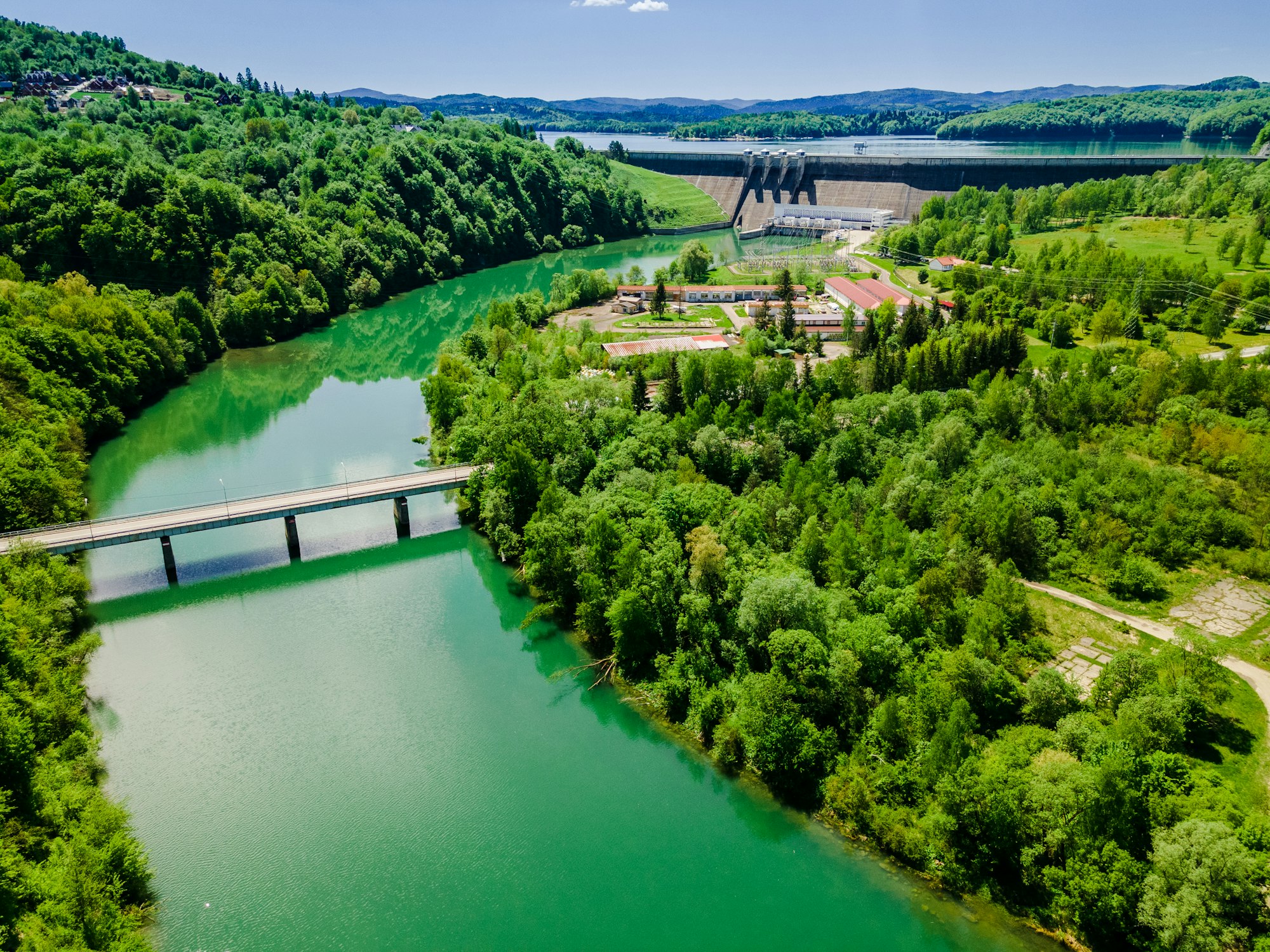What’s the Potential of Micro-Hydro Power in UK’s Renewable Energy Mix?

As you continue to navigate the rapidly evolving landscape of renewable energy in the United Kingdom, it is imperative to consider the vital role that small-scale hydropower plays. Known as micro-hydro power, this form of energy generation is increasingly gaining traction as a significant component of the renewable energy mix in the UK.
Harnessing the power of water to generate electricity, micro-hydro power plants are typically installed in small watercourses, delivering clean, reliable, and cost-effective power to local communities. As the UK strives to meet its ambitious renewable energy targets, it is time to delve into the potential and importance of micro-hydro power.
Also read : How to Effectively Use Smart Meters to Reduce Household Energy Consumption in the UK?
Understanding Hydropower
Hydropower represents a fundamental shift away from fossil fuels towards a greener, more sustainable future. In the world of hydropower, water is more than just a life-giving resource. It is a powerhouse, a storage medium, and a driving force behind electricity generation.
Hydropower plants work by harnessing the energy of flowing or falling water to generate electricity. When water is released from the storage reservoir, it flows down a pipeline and strikes the blades of a turbine. The force of the water spins the turbine, which drives a generator to produce electricity.
Also read : What Are the Best Online Platforms for UK Adult Continuing Education?
The capacity of a hydropower plant can vary greatly, from large-scale projects capable of powering entire cities to small, localised micro-hydro setups that deliver electricity to single communities or homes.
The Rise of Micro-Hydro Power
While large-scale hydropower has been a significant player in the renewable energy scene for many years, micro-hydro power is a relative newcomer. The term ‘micro-hydro’ refers to hydropower systems with a capacity of less than 100 kW. These installations are typically found in small, rural communities, often in regions where larger hydropower plants are not feasible.
The rise of micro-hydro power can be attributed to several factors – lower installation costs, less environmental impact, and the ability to generate power on a local scale. With the right conditions, a small-scale hydro installation can produce a continuous, reliable source of electricity for many decades.
In the United Kingdom, Scotland and Ireland have a significant amount of small watercourses with the potential for micro-hydro power. These waterways, combined with a supportive policy environment, are leading to a surge in the number of micro-hydro installations across the region.
Micro-Hydro Power in the Renewable Energy Mix
Within the broader landscape of renewable energy, micro-hydro power embodies the ethos of sustainability and decentralised power generation. As such, it fits comfortably into the renewable energy mix, standing shoulder to shoulder with wind, solar, and other renewable technologies.
Micro-hydro power plays a vital role in balancing the grid, providing a stable, predictable source of electricity that complements the intermittent nature of wind and solar power. The water used in the generation process is also a form of energy storage, further enhancing the stability and resilience of the power grid.
As the push for renewable energy intensifies, the role of micro-hydro power in the United Kingdom’s energy mix will continue to expand. The potential for increased capacity, coupled with the benefits of localised power generation and storage, make it a valuable asset in the pursuit of a sustainable future.
The Future of Micro-Hydro Power
There’s no doubt that the future of micro-hydro power in the United Kingdom looks promising. As awareness grows and technology improves, the potential for increased capacity and efficiency is vast.
The United Kingdom’s commitment to carbon neutrality, along with the growing demand for sustainable and reliable energy, will drive further exploration and development of micro-hydro power. As this form of energy generation becomes more mainstream, expect to see a steady increase in installed capacity and a greater integration of micro-hydro into the national grid.
In the face of climate change, the importance of shifting away from fossil fuels towards renewable energy sources cannot be overstated. Micro-hydro power, with its potential for localised, low-impact power generation and storage, represents a significant piece of the puzzle on the path to a sustainable future.
Exploring the Benefits of Micro-Hydro Power
When it comes to renewable energy, micro-hydro power offers numerous benefits that make it an attractive alternative to traditional fossil fuels. The main advantage of micro-hydro power is its ability to generate electricity consistently, regardless of the time of day or weather conditions.
Unlike wind power and solar power, which rely on the weather, the power generation from micro-hydro systems can be constant. The continuous flow of water in small watercourses ensures a steady supply of electricity, making it an ideal option for communities that require a reliable source of power.
Micro-hydro power also has a smaller environmental footprint compared to larger hydropower projects. These small-scale systems do not require the construction of large dams that can disrupt ecosystems and displace local communities. Instead, micro-hydro plants use existing watercourses, thus minimising their environmental impact.
The cost-effectiveness of micro-hydro power is another major advantage. Installation costs for these systems are significantly lower than for large-scale hydropower plants. This is due to the smaller infrastructure required and the ability to use local materials and labour.
In the UK, there is significant potential for expanding the installed capacity of micro-hydro power. In particular, regions such as Scotland and Northern Ireland have many small watercourses that can be harnessed for power generation. With the right investment and support, these areas could become hubs for micro-hydro power, contributing significantly to the UK’s renewable energy mix.
Conclusion: Micro-Hydro Power – A Key Player in the UK’s Energy Future
In conclusion, the potential of micro-hydro power in the United Kingdom’s renewable energy mix is substantial. By harnessing the power of small watercourses, micro-hydro power can provide a reliable, cost-effective, and environmentally friendly form of power generation.
As the UK strives to meet its ambitious climate change targets, the role of micro-hydro power is set to expand. The government’s commitment to carbon neutrality, coupled with advancements in technology and increased awareness of the benefits of renewable energy, will drive the increased adoption of micro-hydro power.
While micro-hydro power currently represents a small portion of the installed capacity in the UK, its potential cannot be underestimated. With the right policies and investment, micro-hydro power could become a major contributor to the UK’s renewable energy mix.
It is important to remember that the journey to a sustainable future involves a diversified approach to energy generation. Micro-hydro power, along with wind, solar, and other forms of renewable energy, will play a vital role in this journey.
As we move towards a greener future, let’s keep in mind the potential of micro-hydro power. Its ability to provide consistent, localised power with minimal environmental impact makes it an ideal solution for the UK’s renewable energy needs. The future of power generation lies not in one single solution, but in a variety of renewable sources, with micro-hydro power as a significant player.
